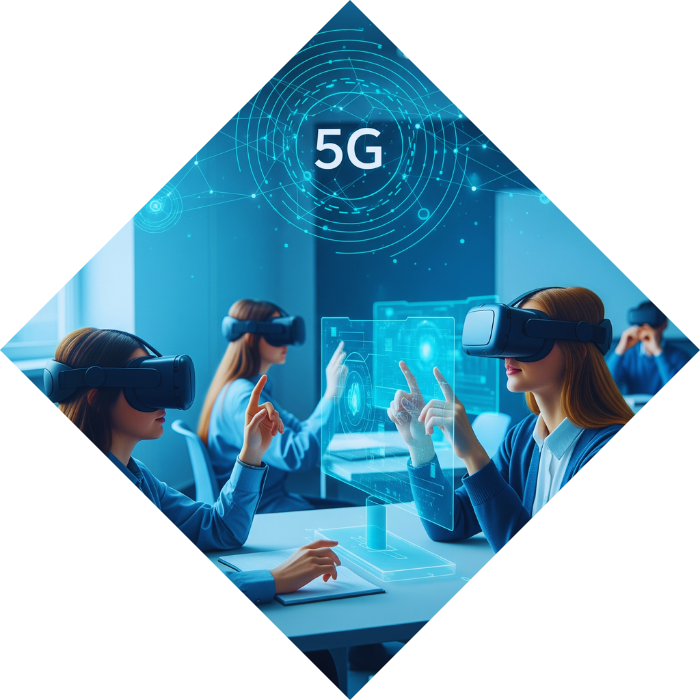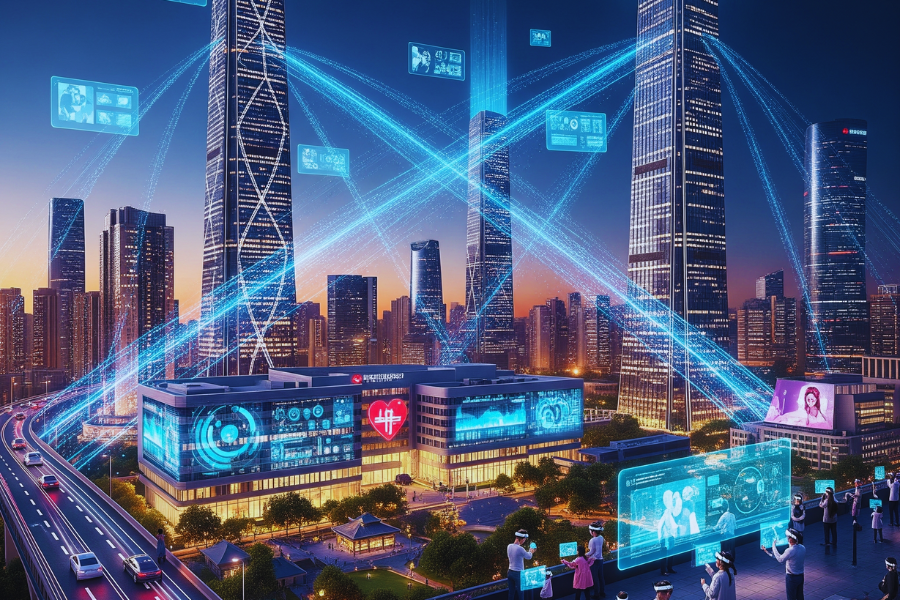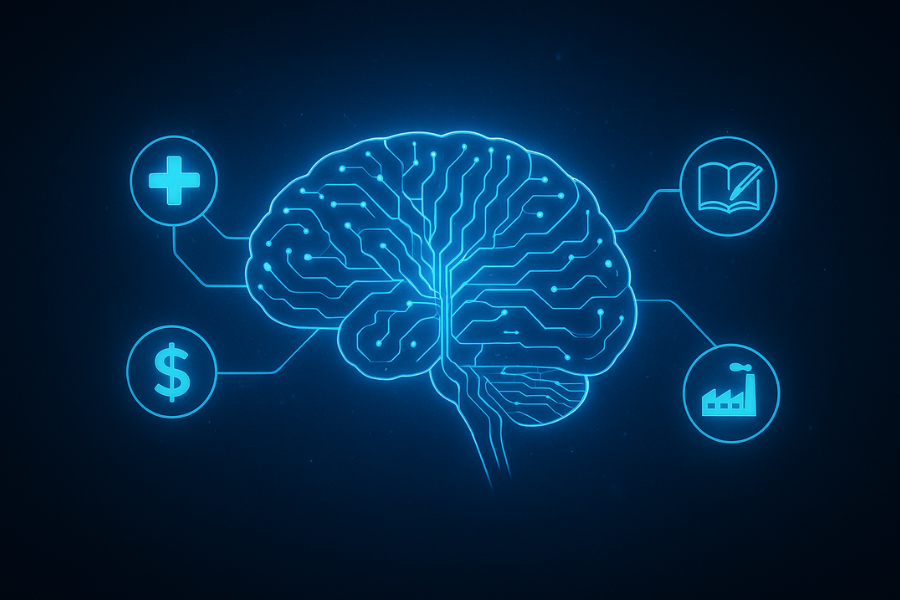Introduction
In today’s digital economy, connectivity is the backbone of innovation. From the metaverse to smart cities and telemedicine, these technologies depend on networks that are ultra-fast, reliable, and capable of handling billions of devices at once. That’s exactly where 5G comes in.
China has emerged as a global leader in 5G deployment, building the world’s largest infrastructure of base stations, rolling out nationwide coverage, and driving adoption across industries. This leadership isn’t just about faster smartphones—it’s about accelerating the Internet of Things (IoT) and enabling a future where cars, factories, hospitals, and even entire cities run on intelligent, high-speed networks.
China’s 5G Edge
China has installed more than 3 million 5G base stations, far surpassing any other country. The government’s strong policy push, combined with support from giants like Huawei, ZTE, and China Mobile, has ensured that 5G is not just an experiment but a core part of the nation’s infrastructure.
This gives China a unique advantage: the ability to test and scale IoT innovations faster than anywhere else in the world. Whether in urban mobility, health services, or immersive entertainment, 5G is already reshaping the way people and machines interact.

1. The Metaverse
The metaverse—a blend of augmented reality (AR), virtual reality (VR), and persistent digital spaces—requires ultra-low latency and high bandwidth. With 5G, China is pushing immersive platforms that allow:
VR classrooms where students can interact with 3D simulations in real time.
Virtual shopping malls, where customers “walk” through stores using AR glasses.
Digital twins of cities, enabling planners to simulate and test urban developments.
Without 5G’s millisecond response times, these metaverse experiences would feel sluggish or impossible.
2. Smart Cities
China’s urban centers are becoming testbeds for AI-powered, 5G-enabled smart city ecosystems. Some examples include:
Traffic Management: AI cameras connected via 5G reroute vehicles in real time, reducing congestion.
Public Safety: Drones and sensors powered by 5G provide rapid emergency response.
Energy Optimization: IoT-enabled grids balance supply and demand, cutting waste.
Cities like Hangzhou and Shenzhen are already showcasing how 5G and IoT integration can make urban living more efficient, safe, and sustainable.
3. Telemedicine and Healthcare
5G is transforming healthcare delivery, particularly in rural areas where specialists are scarce. Applications include:
Remote Surgeries: Surgeons in Beijing can control robotic instruments in remote provinces with almost no lag.

Mobile Health Clinics: 5G-connected vans equipped with AI diagnostic tools deliver care in underserved regions.
Wearable Devices: Continuous monitoring of patient vitals through IoT sensors transmits real-time data to hospitals.
China’s healthcare system is leveraging 5G to bridge urban-rural gaps, improving accessibility and outcomes.
Why 5G is the Perfect Match for IoT
IoT requires networks that can connect billions of devices simultaneously without congestion. Traditional 4G networks struggle with this scale. 5G solves the problem with three core advantages:
High Bandwidth – Handling massive data streams from smart cars, factories, and cities.
Ultra-Low Latency – Critical for applications like autonomous driving and robotic surgery.
Massive Device Density – Connecting up to 1 million devices per square kilometer.
For China, this means not only smarter cities and hospitals but also globally competitive leadership in standards that other nations will likely follow.

Challenges and Considerations
While China’s 5G-driven IoT boom is impressive, challenges remain:
Cybersecurity Risks: With billions of devices online, vulnerabilities grow.
Privacy Concerns: Data from healthcare, mobility, and smart homes must be safeguarded.
Energy Demands: 5G base stations require more power, raising sustainability concerns.
Balancing innovation with governance will be key to long-term success.
Geopolitical Implications
China’s rapid progress in 5G is reshaping global technology competition. By exporting 5G infrastructure and IoT applications to Belt and Road Initiative countries, China extends its influence in digital governance and connectivity standards. This raises strategic questions for the U.S. and Europe, who are wary of dependence on Chinese tech.
If Qianfan satellites represent China’s space ambitions, 5G represents its ground-level dominance, together creating a powerful digital ecosystem that rivals Western models.
Conclusion
China’s leadership in 5G is more than a technological achievement—it’s the foundation of a new digital world. From metaverse experiences to smart urban systems and life-saving telemedicine, 5G is accelerating the adoption of IoT at an unprecedented pace.
The world is watching as China continues to scale its networks and export its technologies. Whether seen as a driver of innovation or a source of strategic tension, one thing is certain: the 5G-IoT revolution is here, and China is leading the charge.






